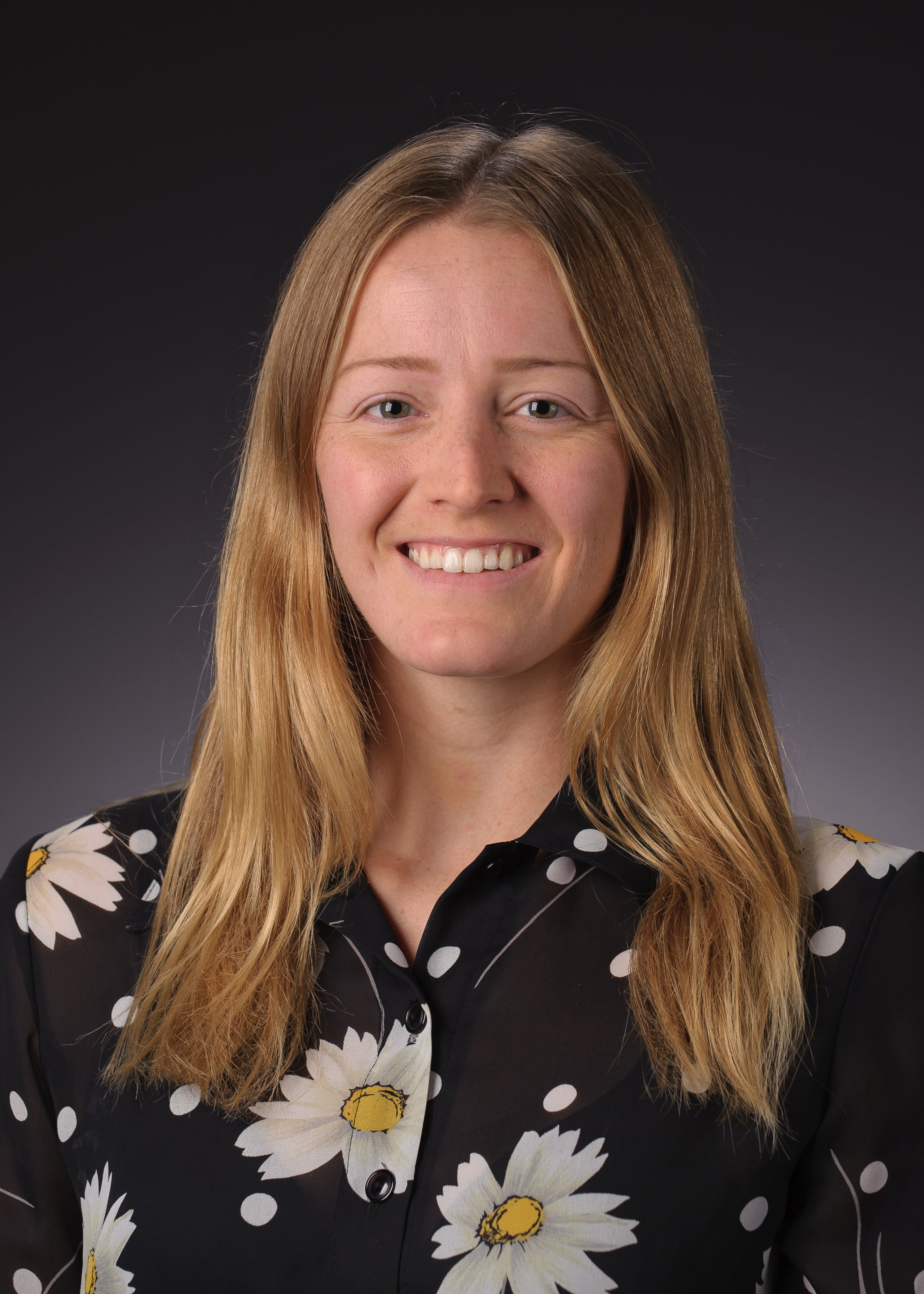Fire Ecology and the Effects of Prescribed Fire in California Foothill Oak Woodlands

PHD DISSERTATION DEFENSE
Advisors: Frank Davis, Bruce Kendall
Committee: Max Moritz
This defense will take place in person. Join us in the MSI Auditorium, or watch online using this link and passcode fire
ABSTRACT
This dissertation examines the fire ecology of California foothill oak woodland systems, using three focal oak species native to Santa Barbara County. Prescribed fires are an important ecological management tool to reduce wildfire risk. Using data collected from field sites and prescribed burns at UCSB’s Sedgwick Reserve, I evaluate fire adaptation mechanisms in oaks and examine the relationships between woodland stand structure, fire behavior, and burn severity in order to predict post-fire ecological outcomes. In Chapter 1, I evaluate how different species’ bark traits make oaks more or less adapted to fire. Based on bark growth patterns and field bark heating trials, I find that coast live oak shows the greatest evidence of fire-adapted traits. In Chapter 2, I examine how fire intensity and burn severity influence the post-fire survival and recovery of the oaks. Based on burn temperatures and post-burn measures of fire severity, there is generally low tree mortality and a high frequency of epicormic resprouting. Tree trunk diameter is not as strong a predictor of epicormic resprouting as the maximum height of scorching on the trunk. In Chapter 3, I pair field data with remotely-sensed (LiDAR) data to assess prescribed fire effects on oak forest structure, and evaluate how observed fire intensity and burn severity relate to woodland condition at individual tree and site scales. I find that fire intensity is usually low to moderate, damage is minimal, and ecological target outcomes are generally achieved. Altogether, these findings expand our understanding of the fire-adaptedness of California oaks, and can be used to inform and support the use of prescribed fire in foothill oak woodland systems.
BIO
Kaili is a Ph.D. candidate at the Bren School of Environmental Science & Management. She is broadly interested in science-informed land management and improving the climate resiliency of California ecosystems. At the Bren School, her research has focused on forest and fire ecology and the use of prescribed fire as an important ecological management tool. Drawing on concepts from plant physiology and landscape ecology, her research pairs field data and remotely-sensed data to answer questions at multiple spatial scales. After Bren, Kaili will begin a postdoctoral research position at the University of Oregon.